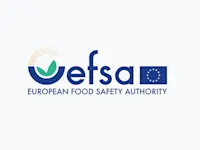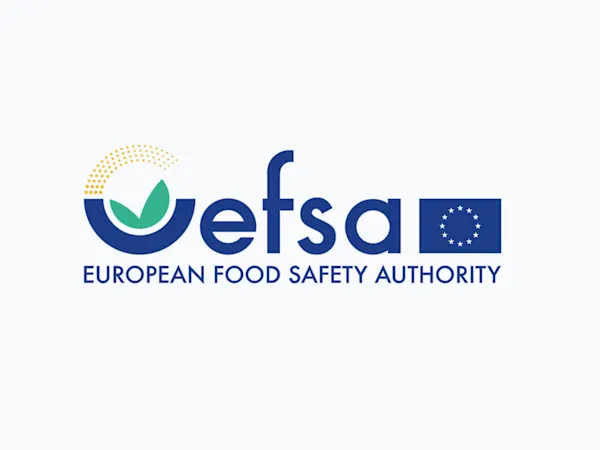
EU Ministers Press Commission on Delayed REACH Revision Amid Industry and Environmental Demands
EU Member States urge the Commission to accelerate the REACH revision, citing urgent health, environmental, and industry competitiveness needs.


The European Chemicals Agency (ECHA) has published a comprehensive assessment of regulatory needs (ARN) for a group of substances classified as complex inorganics from non-metallurgy processes. This assessment aims to identify the necessary regulatory actions to manage risks associated with these substances effectively.
The group includes various complex inorganic substances that originate from processes other than metallurgy. These substances encompass ashes and other residues from thermal processes, mineral-like solids, glasses, ceramics and frits, substances from pulping processes, cementitious materials, and pigments. A total of 32 substances are covered in this assessment, with 26 having full registrations, four with intermediate registrations, one with classification and labelling (C&L) notification, and one without registrations or notifications.
ECHA's conclusions and actions are based on information available from REACH registration dossiers and other public assessments. The following are notable regulatory suggestions:
Substances such as 'Frits, chemicals' (EC 266-047-6) have been identified with a potential hazard for carcinogenicity and reproductive toxicity. Likewise, 'Feldspar minerals, hematite and quartz, calcination products of copper mining residues' (EC 701-090-0) and 'Feldspar minerals, magnetite and quartz, calcination products of copper mining residues' (EC 944-188-0) are flagged for reproductive toxicity. The 'Inorganic residual from kraft or soda pulping separated from green liquor in the chemical recovery cycle' (EC 923-511-9) is under scrutiny for reproductive toxicity hazard due to manganese compounds. Regulatory actions are proposed to mitigate the risks associated with these substances, subject to hazard confirmation.
The publication of ARNs facilitates companies in tracking the regulatory status of their substances of interest, allowing them to anticipate potential regulatory actions and make informed strategic decisions regarding their chemical portfolios. ECHA encourages stakeholders to consult its website for detailed information on regulatory assessments and proposed actions.
Foresight continuously tracks 1000s of sources and maps updates to your portfolio:




EU Member States urge the Commission to accelerate the REACH revision, citing urgent health, environmental, and industry competitiveness needs.

The EU has classified DBDPE as a substance of very high concern (SVHC) due to vPvB properties, affecting manufacturers and downstream users of flame retardants.

EFSA launches consultation on updating its Weight of Evidence and Biological Relevance guidance, aiming to streamline chemical risk assessment practices.
Subscribe to Foresight Weekly and get the latest insights on regulatory changes affecting chemical compliance.
Free forever. Unsubscribe anytime.
Read by professionals at